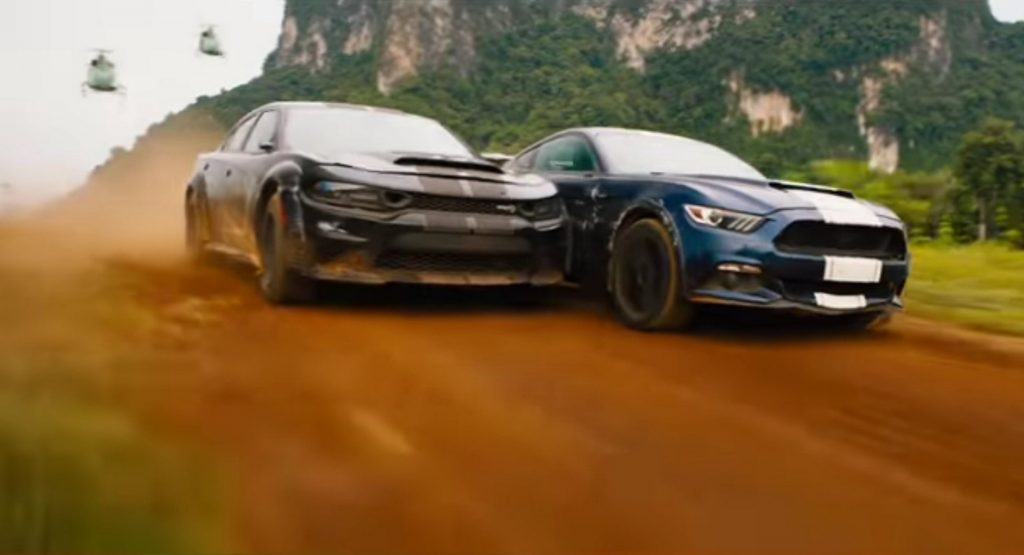The latest installment of the Fast & Furious franchise, which premiered on Friday, will signal to movie studios how willing Americans are to return to theaters after the pandemic. So big has the series grown that the latest film is a summer blockbuster that’ll be used to gauge the health of the entire industry.
And while that might not seem like a huge surprise today, if you’d told somebody in 2001 that a movie about street racers with no big names in its cast and a reported budget of just $38 million (small potatoes in Hollywood, even at that time) would become what it has today, they would probably have told you to loosen your pukka shell necklace because it was cutting off the oxygen to your brain.
The path to success wasn’t always obvious, but the series’ willingness to move with the times has made it more and more relevant, according to a recent NBC News article about the Fast Saga.
Read Also: Get Ready For F9 With A Look At How Movie Car Chases Have Changed In The Past 100 Years
Originally inspired by a 1998 article for Vibe magazine by Kenneth Li called “Racer X“, the illegal street racing scene became interesting to Hollywood producer Neal Moritz, who optioned the article with Universal.
“I thought the idea of setting a movie in that scene would be a great start to a movie,” Moritz told NBC. “I thought the culture, the color, the cars, the different ethnicities of people involved was an interesting backdrop for a movie.”
This being Hollywood, though, some changes were made and the story was moved from New York to LA and the subplot about the FBI was added. Although Moritz says he was interested in the scene’s multiculturalism, the movie also changed the main character of the story from an Asian American journalist to a white cop, again in classic Hollywood fashion.
Still, the movie featured characters of color and their roles became increasingly important as the years went on. Characters like Letty (Michelle Rodriguez), Roman (Tyrese Gibson), and Han (Sung Kang) took on bigger and bigger roles in the series and their importance to its growing fandom is hard to overstate.
Following the death of Kang’s character (or at least one of them), there was so much outrage that The Los Angeles Times‘ Jen Yamato held a vigil.
“Han represented something for her not only in terms of as a ‘Fast’ fan but also as an Asian American person,” Kang told NBC. “I started taking it seriously then.”
Despite some missteps along the way, as time went on the series’ representations improved, folding in more characters of color and giving women more prominent roles.
“We’ve always had a very diverse and inclusive cast,” said Gibson. “I’ve never been any other complexion than this and I’ve been in [‘Fast & Furious‘] now for 18 years and having families overseas who don’t speak a lick of English who know who I am? I never take it for granted.”
As with its representations of characters of color, the films’ budgets grew over time. Despite (or perhaps thanks to) its small budget, Universal was thrilled to see the first movie earn $144.5 million at the box office. That earned it a sequel and when that also broke the hundred million dollar mark, a third one was green lit.
By the time “Tokyo Drift” came along, the series had even managed to win back rising star Vin Diesel by promising him a role as producer. He only made a short cameo in that movie, but it set up a larger, multi-movie arc that would welcome more big stars and would herald the globetrotting super stakes that currently define the series.
Always willing to change with its fans, though, the series has made the most of the events that defined it even when tragedy struck with the death of Paul Walker. Considering the series’ ability to roll with the punches and progress with the times, it should hardly come as a surprise that it’s the one that could welcome moviegoers back into theaters.




